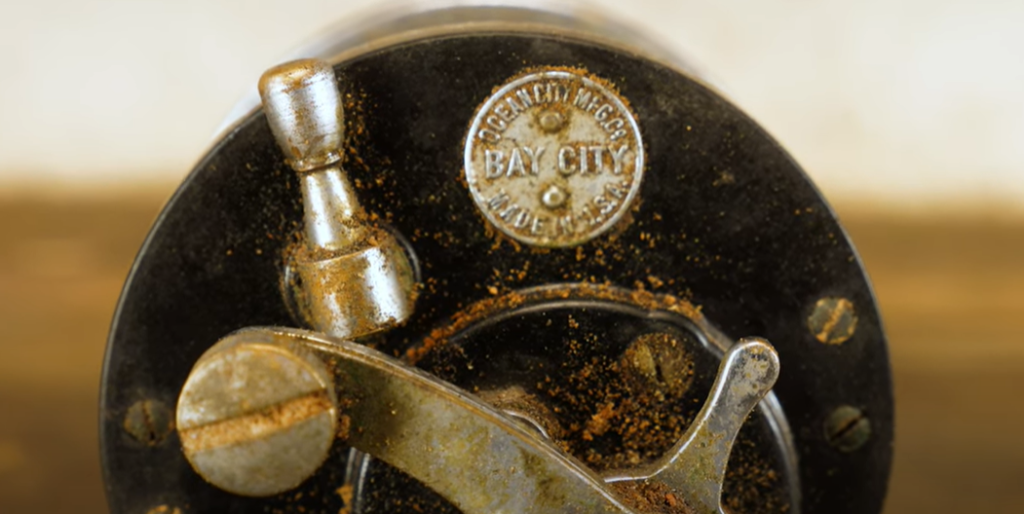Remove corrosion from a fishing reel by disassembling it and cleaning all parts with a vinegar solution and soft brush. Dry thoroughly and lubricate before reassembling.
Anglers cherish their fishing reels, as these tools are fundamental for a successful day on the water. Over time, exposure to saltwater and moisture can lead to corrosion, potentially impairing the reel’s functionality. A well-maintained fishing reel not only performs better but also lasts longer, making it essential to address any signs of rust promptly.

Simple routine maintenance, including cleaning and lubrication, can prevent long-term damage. But faced with corrosion, the correct approach involves taking the reel apart, thoroughly cleaning all components, and ensuring it’s properly lubricated before hitting the waterways again. This preventative care not only keeps the reels in top condition but also ensures that you are ready for any fishing adventure that comes your way. Let’s check How to Remove Corrosion from Fishing Reel.
Understanding Corrosion On Fishing Reels
Fishing enthusiasts often face the challenge of maintaining their equipment in top condition. One of the most common issues is corrosion, which can significantly impact the performance and lifespan of fishing reels. Being in constant contact with water, especially saltwater, makes reels susceptible to corrosion’s relentless wear. To tackle this problem effectively, one needs to understand the different types of corrosion that can occur on fishing reels.
Types Of Corrosion
Corrosion on fishing reels can manifest in many forms, but understanding the primary types is crucial for effective prevention and treatment. The main culprits include:
- Galvanic Corrosion: Occurs when two different types of metal come into contact with each other in a saline environment, leading to a metallic exchange and deterioration.
- Pitting Corrosion: Seen as small, localized areas of rust, often on stainless steel parts.
- Crevice Corrosion: Found in metal joints or where debris accumulates, creating environments where oxygen levels are low and corrosion is encouraged.
Saltwater Corrosion
Saltwater environments are highly corrosive, thanks to the salty content which accelerates the rusting process. Components of a fishing reel exposed to marine environments require regular cleaning and maintenance to prevent saltwater corrosion. This type of corrosion is aggressive and can quickly damage critical parts of the reel if left unchecked.
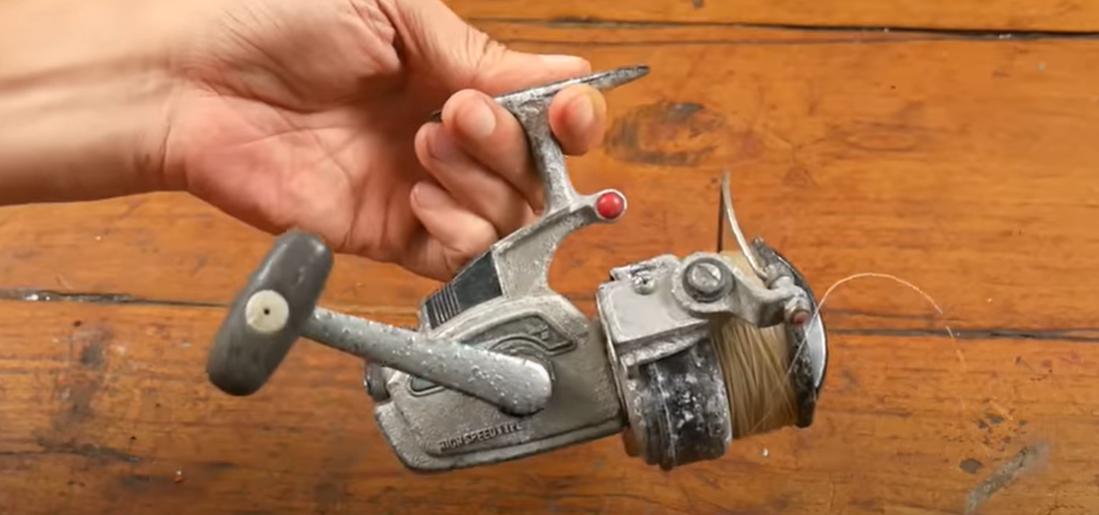
Freshwater Corrosion
While freshwater may seem less threatening, corrosion can still occur, primarily if the gear isn’t dried properly post-use. Elements like mud, minerals, or even chemicals in the water can cause reels to rust or degrade over time. Though slower compared to saltwater corrosion, freshwater corrosion can still compromise the integrity of a fishing reel.
Assessing The Damage
Before you Commence on the journey to remove the corrosion from your beloved fishing reel, a meticulous examination is crucial. Observing the extent and type of corrosion will not only guide you in selecting the right cleaning techniques but also help you understand the urgency and the materials needed for the task at hand. So grab your reel, and let’s start the detective work needed to bring it back to its gleaming glory.
Visual Inspection For Corrosion Signs
Start with a discerning visual sweep of your fishing reel. With a careful look, you should be able to spot signs that indicate corrosion is taking a toll on your equipment. It’s not just about the apparent rust; it’s also the subtle hints like texture changes or unusual residue that can signal the early stages of a problem.
- Check for any areas where the paint has flaked off.
- Look for powdery, white deposits – a telltale sign of aluminum oxide on aluminum parts.
- Inspect for any pitting, which are small, usually round, cavities on the metal’s surface.
Remember to check less obvious places where water and salt can accumulate. This includes under the spool, within the reel seats, and around any screws or fasteners.
Rust Spots
Rust spots are unmistakable. They usually appear as orange or red patches on the surface of the metal and are an overt indicator that corrosion has set in. In their early stages, rust spots might seem superficial, but they can penetrate deeper into the metal if left untreated, causing significant damage and weakening the reel’s structural integrity. Look in particular for:
- Discrete rust spots on exposed metallic surfaces.
- Stains on the line could indicate rust bleeding from the reel components.
- Any signs of metal flaking away can mean advanced corrosion.
Discoloration On Metal Parts
Discoloration goes hand in hand with the presence of rust and is a red flag for potential problems. Metal should maintain a consistent finish if it’s in healthy condition. (How to Remove Corrosion from Fishing Reel) Discoloration can manifest as patches that are darker or have a different hue than the rest of the material. It’s important to:
- Compare the color of suspect areas to the original color of the reel in undamaged sections.
- Look for any greenish tints on brass or copper fittings, which suggest corrosion.
- Take note of any silver or grey spots on steel parts, as this could be galvanic corrosion from the interaction of different metals.
Spotting these early signs of damage is the first step in saving your fishing reel from the grip of corrosion. With this assessment in hand, you can plan the best course of action for restoration.
Tools And Materials Needed
Before you Commence on the task of removing corrosion from your fishing reel, gearing up with the right tools and materials will set the stage for a successful cleaning. Ensuring you have everything at hand not only streamlines the process but also protects your gear and yourself. Let’s prepare the toolkit for this restorative task.
Protective Gear
Safety comes first. Working with cleaning agents and dealing with corrosion means it’s paramount to shield yourself to avoid skin or eye irritation.
Gloves

A good pair of rubber or nitrile gloves will protect your hands from harsh chemicals and prevent any skin reactions. Slip on a pair to ensure your skin stays safe throughout the cleaning process.
Eye Protection

Guarding your eyes against any possible splashes is a wise move. Don safety goggles or glasses—it’s a small step that can prevent a big problem.
Cleaning Supplies
Gather your arsenal of cleaning agents and tools designed to dismantle the corrosion without damaging the sensitive parts of your fishing reel.
Vinegar
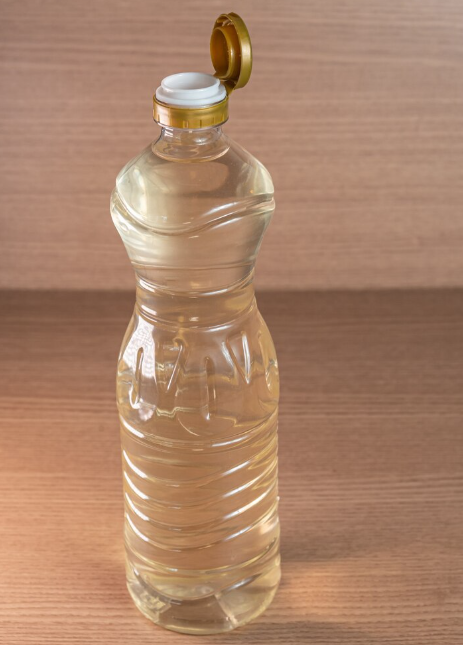
White vinegar is not just for salads; it’s a powerful and natural cleaning agent that battles oxidation with ease. Its mild acidity is perfect for tackling corrosion.
Baking Soda
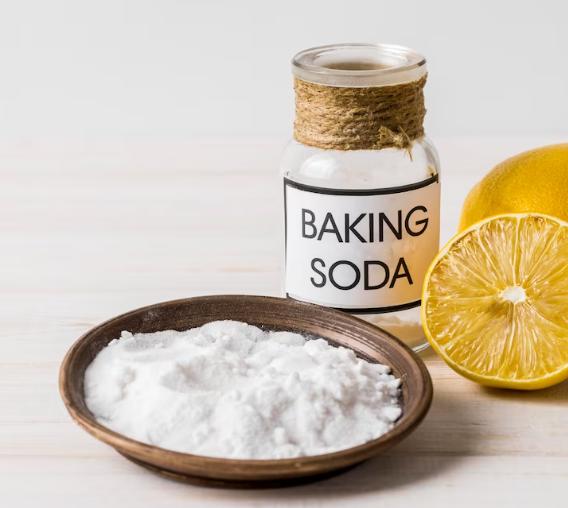
Baking soda, a gentle abrasive and cleaning crusader, comes in handy when mixed with vinegar or water to form a paste. This paste will be the bane of any corrosion spots.
Toothbrush
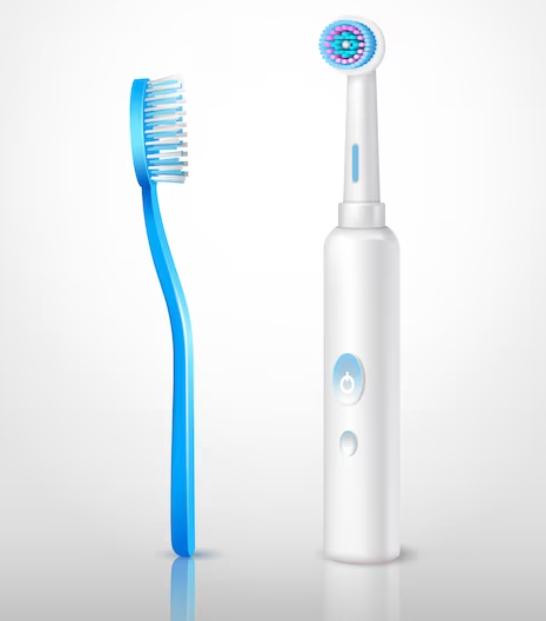
An old toothbrush serves as an ideal detail brush for getting into the nooks and crannies of fishing reels. The stiff bristles will work the cleaning pastes into and out of tight spaces, eradicating corrosion without scratching the surface.
Step-by-step Cleaning Process
Maintaining your fishing reel free from corrosion is crucial to preserving performance and extending its lifespan. Tackling rust and buildup doesn’t have to be a daunting task. Follow this Step-by-Step Cleaning Process to effectively get your reel working as smoothly as the day you got it. A clean reel can mean the difference between a successful day of fishing or going home empty-handed. So, let’s get started with the disassembly and cleaning of your trusty fishing apparatus.
Disassembling The Fishing Reel
Commence the process of removing corrosion from your fishing reel by first identifying a clean workspace with ample light. It is crucial to organize your tools meticulously and have containers readily available for holding small parts. As you carefully disassemble your reel, pay close attention to the order and orientation of each part.
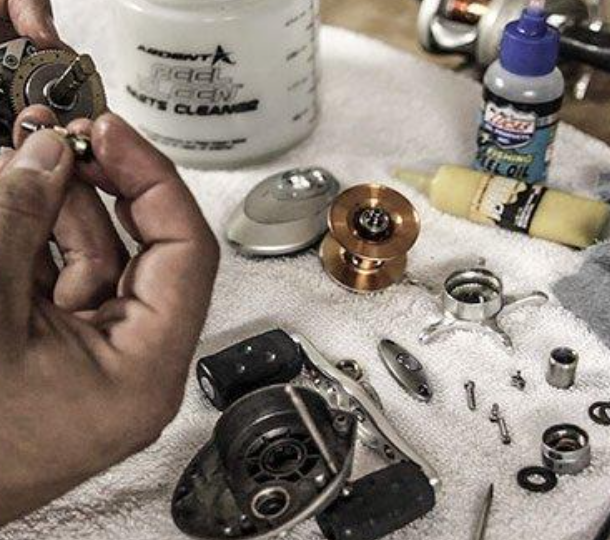
To facilitate the reassembly process, consider taking photographs or consulting a schematic for guidance. Begin with the reel handle, followed by the removal of the spool, and then proceed to the side plates. Ensure that you keep all the screws and tiny components in a dedicated container to prevent any potential loss during the cleaning and restoration process.
Removing The Spool, Handle, And Side Plates
With careful turns, release the handle and gently pry open the side plates. Slowly extract the spool from its housing. Approach each step with patience, ensuring you do not force any components apart to avoid damage.
Soaking The Parts In Vinegar Solution
Create a mixture of white vinegar and water in a bowl. Submerge the disassembled metal parts completely in the solution to break down corrosion and mineral deposits. This natural cleaner is effective and safe for most reel materials.
Time And Solution Ratio
| Part | Time | Vinegar Solution Ratio |
|---|---|---|
| Handle | 1-2 hours | 1:1 |
| Spool | 2-3 hours | 1:1 |
| Side Plates | 2-3 hours | 1:1 |
The time parts should soak may vary based on the extent of corrosion. A typical ratio for the vinegar solution is equal parts water and vinegar.
Scrubbing Off The Corrosion
After soaking, take a soft brush or old toothbrush to gently scrub away the corrosion. Be thorough but gentle to avoid scratching the metal surfaces. Focus on each part individually, rinsing the brush frequently to remove loosened debris.
Using A Toothbrush Or Soft Brush
A toothbrush works well for intricate parts and areas that are harder to reach. Use circular motions to lift the corrosion without putting undue stress on the reel’s structure.
Attention To Crevices And Small Parts
Don’t neglect the nooks and crannies. Some parts may require extra attention with a pointed tool to remove buildup from crevices. Proceed with care to avoid damaging small or delicate components.
Rinsing And Drying The Reel Parts
Once the corrosion is cleared, rinse each part with clean water. It’s critical to ensure no vinegar solution remains as it can cause further corrosion if left to dry. Thoroughly dry each component with a soft cloth and let them air dry completely before reassembling. Make sure no moisture is trapped to prevent future corrosion.
Preventing Future Corrosion
Securing your investment in quality fishing gear means more than just routine cleaning. Preventing future corrosion can prolong the life of your fishing reel, ensuring peak performance with every cast. Explore these essential tips to keep your gear in top-notch condition year-round.
Applying Protective Coatings
Consider applying a thin layer of protective coating designed specifically for fishing reels. (How to Remove Corrosion from Fishing Reel) This barrier can shield metal surfaces from harsh elements, especially saltwater, which is notorious for causing corrosion. Select a silicone-based spray or a corrosion-resistant product and apply it according to the manufacturer’s instructions.
Rust Inhibitors
Using rust inhibitors can be a game-changer for maintaining a reel’s integrity. These products are designed to penetrate nooks and crannies, forming a protective shield against corrosive elements. Look for inhibitors that are safe for the environment and won’t compromise the reel’s performance or contaminate waterways.
Lubricating The Reel Components
Regular lubrication is crucial to keep reels operating smoothly and to protect against corrosion. Use reel-specific lubricants and grease to maintain optimal functioning. Focus on key areas such as the gears, spool shaft, and handle knobs to ensure all moving parts remain coated and friction-free.
Periodic Maintenance Practices
- Inspect your reel for signs of wear or damage after each use.
- Tighten any loose screws and replace worn parts.
- Disassemble and clean your reel thoroughly at least once per fishing season.
Cleaning After Saltwater Use
After exposing your reel to saltwater, ensure you remove all traces of salt by rinsing it with fresh water. Be thorough in your approach to reach all external and accessible internal components. This practice is essential for preventing the salt from crystallizing and causing corrosion.
Storing The Reel Properly
Proper storage can significantly reduce the risk of corrosion. (How to Remove Corrosion from Fishing Reel) Keep your reel in a cool, dry place away from direct sunlight and moisture. Using reel covers or cases can provide extra protection, especially if stored for extended periods. Ensure your reel is dry and free from any dirt or salt before storing it.
Frequently Asked Questions For How To Remove Corrosion From Fishing Reel
Can Vinegar Remove Reel Corrosion?
Yes, vinegar can be effective against reel corrosion. It is acidic, which helps dissolve rust and corrosion. Simply soak the affected parts in vinegar for an hour, then scrub gently with a brush.
What Causes Corrosion On Fishing Reels?
Fishing reels, often exposed to harsh saltwater environments, are susceptible to corrosion over time. Understanding the factors behind this issue is crucial for effective maintenance. One primary question anglers often ask is, “How do you get corrosion off a reel?” The answer lies in a meticulous process that starts with identifying the materials your reel is made of.
Using a Pre-Cleaner: Begin the corrosion-busting journey by using a pre-cleaner specifically designed for fishing reels. This step helps in loosening surface debris, making it easier to tackle the underlying issues. Addressing the question, “Does saltwater damage reels?” becomes pivotal at this stage. A pre-cleaner acts as a shield, safeguarding your reel from potential saltwater damage. (How to Remove Corrosion from Fishing Reel)
Removing Exterior Parts and Stuck Screws: To combat corrosion effectively, delicately disassemble the reel. Identify the metals used in its construction – essential for understanding the corrosion process. When faced with stubborn screws, employ patience and precision to avoid further damage. How to Remove Corrosion from Fishing Reel
Wipe-Off Stage and Polishing: Proceed to the wipe-off stage, removing saltwater deposits and ensuring a clean slate for restoration. This step is critical in answering, “How do I protect my reel from saltwater?” Finish the process by polishing the reel, employing techniques to restore its original luster while addressing the query on vinegar’s effectiveness.
Knowing what causes corrosion on fishing reels empowers anglers to undertake preventative measures. Regularly cleaning the wheels and adopting a proactive approach, including soaking fishing reels when necessary, are key to enhancing the longevity of your equipment. In your journey to combat corrosion, consider these steps as your arsenal for maintaining reels that stand the test of time. (How to Remove Corrosion from Fishing Reel)
Final Thoughts:
The battle against corrosion is ongoing, but armed with knowledge and a strategic cleaning routine, anglers can keep their fishing reels in prime condition. Remember, a well-maintained reel is not only a tool for success but a testament to the angler’s commitment to their craft.
How Often Should I Clean My Fishing Reel?
You should clean your fishing reel after every saltwater outing or every few uses in freshwater. Regular maintenance can prevent corrosion and extend your reel’s life.
What’s The Best Lubricant For Fishing Reels After Cleaning?
After cleaning, use a reel-specific lubricant oil or silicone-based grease for the gears and moving parts. These lubricants protect against wear and further corrosion.
Conclusion
Maintaining your fishing reel ensures lasting performance and enjoyable angling experiences. By routinely removing corrosion, you protect your investment and Improve reel functionality. For your next fishing adventure, relish the smooth casting and reeling. Remember, regular upkeep is key to a reliable reel.
Happy fishing!

